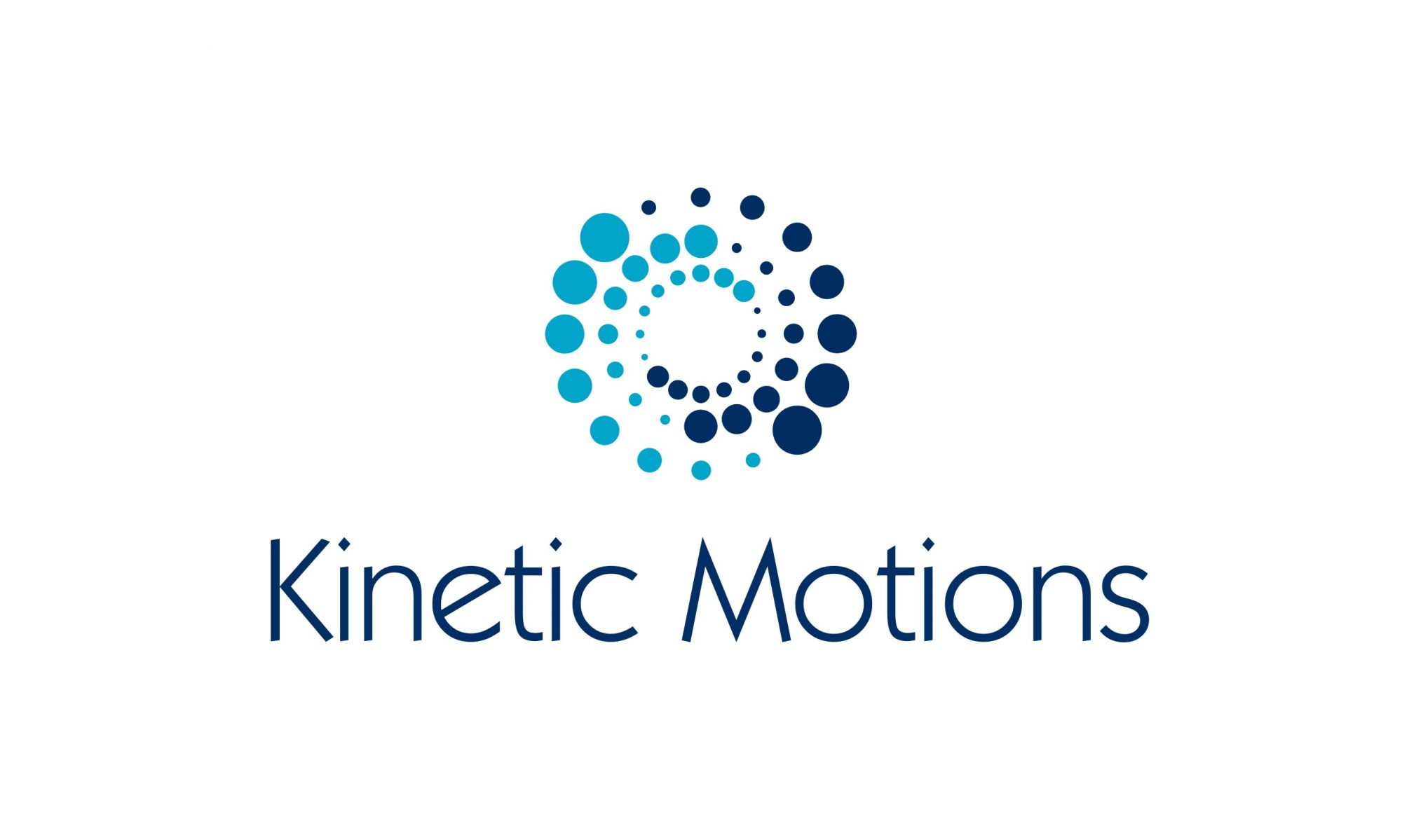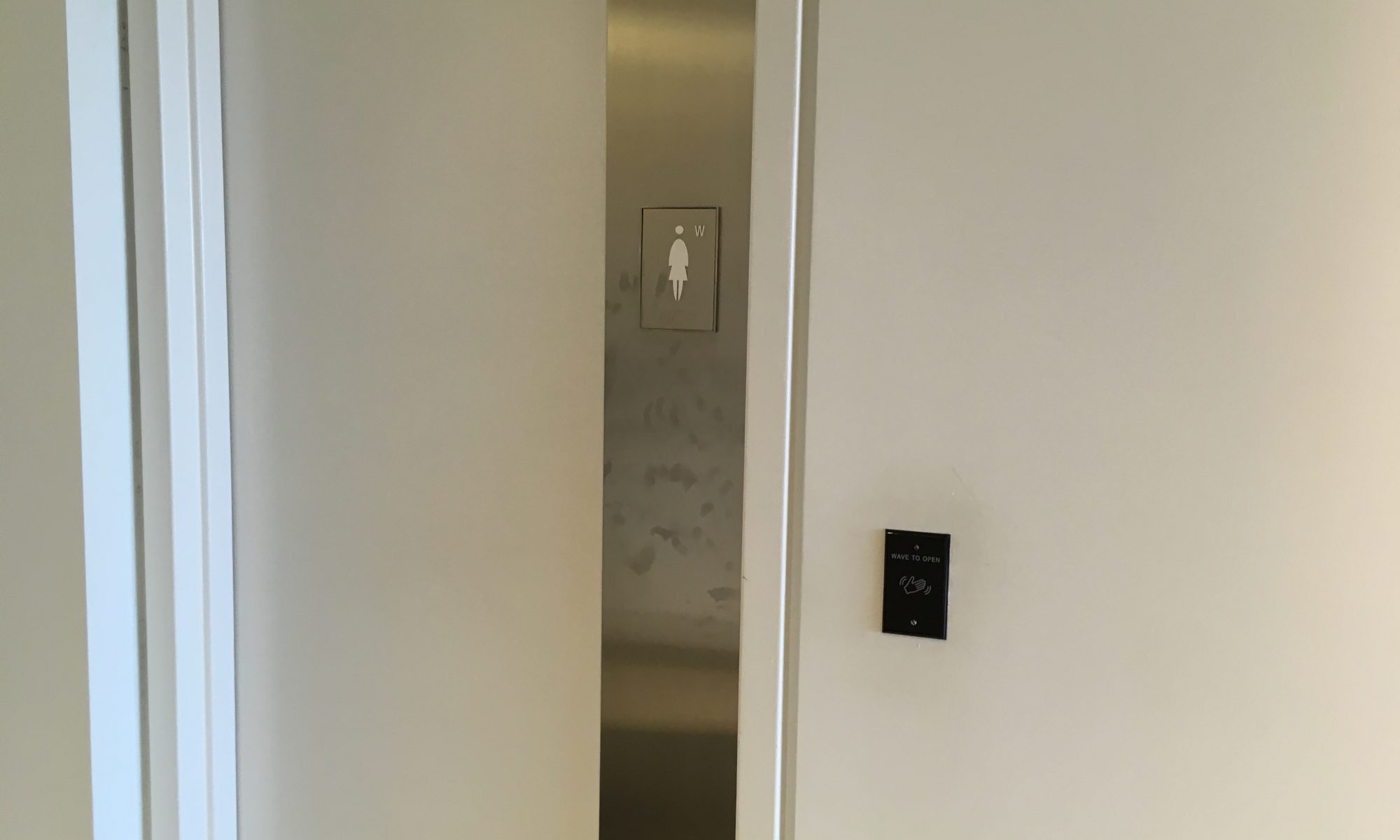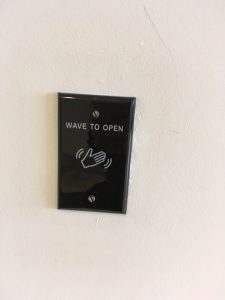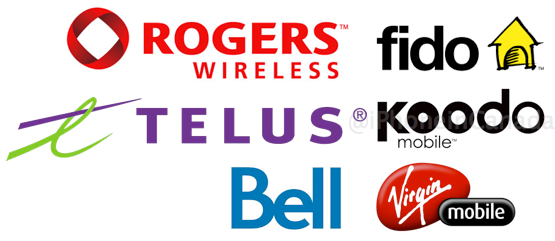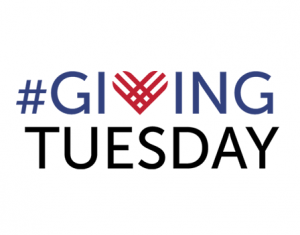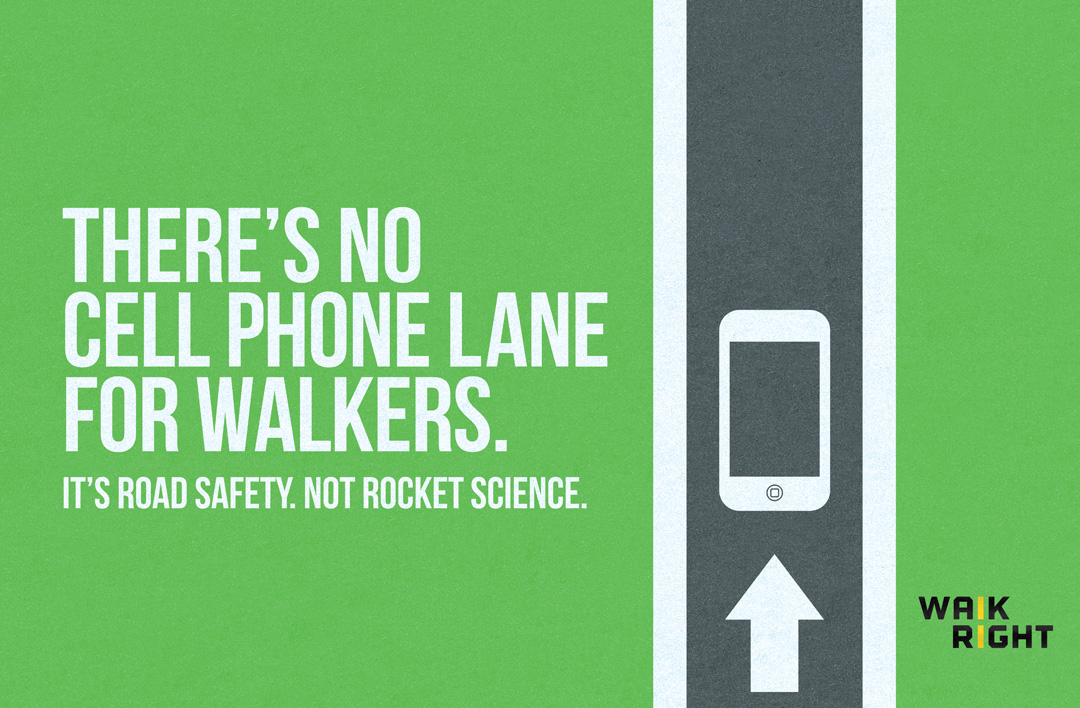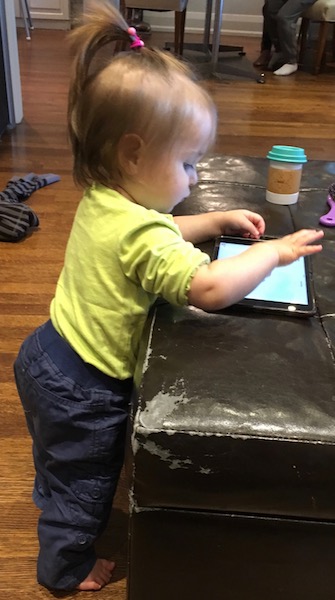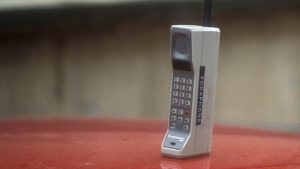Earlier this week I caught up with a former colleague, who had left the corporate world and started his own business. It was great to see him again, and our conversation was warm and friendly. While we discussed his new, and growing business, the journalist in me asked him directly, what do you do? It’s not that the services he offers aren’t interesting, I wanted to get to the heart of why he’s doing what he is doing and the impact he hopes for.
What he shared didn’t surprise me at all. His business is about people. He and his business partners are focused on helping people. They recognized that technology is changing, our reliance on it is growing, often exponentially, but people’s grasp of that technology or their embrace of it, is much slower.
As I listened to him, I started to think that as technology plays a larger role in our lives, that we can’t discount the importance of people and our desire to connect and lean on each other.
I admit that while I, like most of us, heavily rely on technology, I still have so much to learn about how to use it. For example, I have only scratched the surface of AI and how it can help me, as a writer, or how to produce simple videos, and so much more! I have played around with social media and actively use it, but I’m not an expert.
There’s automation, apps, software, hardware, programming, development and so much more related to technology. It’s everywhere, and savvy people have found ways to harness its power. I’m committed to learning more about how technology will help me, both personally and professionally.
But technology alone is not enough. Not only that, I have observed that as we lean more on technology tools, from our smart phones and tablets to AI and social media, many of us crave the human touch. We don’t want to become automatons, and we don’t want to stare at a screen all day.
The art of what human beings can achieve is not just lingering, it’s as strong as ever. Live theatre, for example, whether it’s Broadway or a small community production, is thriving. Swifties of the world don’t just want to listen to their music on iTunes – they want to see Taylor Swift, live. Baseball stadiums or hockey arenas are packed. We pay good money to be in person, to watch the best of the best perform.
Plays, concerts and sports have been around for a long time, and they bring us together, as people. The “show” that we watch, live, in front of our eyes, is now enabled by technology, but what brings us there is the experience.
Have you read a good book lately? No doubt, I could easily use ChatGPT or another AI tool, put in a query, and moments later it can give me a book. It will be written well, clean grammar, maybe even some interesting parts. But it’s not personal. It was not written by me. It may not tell the story I want people to know.
When a writer tells a story, they hope for a visceral reaction from the reader. A great story pulls at our emotions. It’s an art, and it’s something deeply human. Technology has enabled writers to be more efficient – a computer is quicker than the typewriter was. AI tools can help enhance a story, and spellcheck? I mean really, many of us love that it catches so many errors!
Back to what my former colleague shared with me about his focus on people. His clients, who are businesses of all sizes, are purchasing tools or products from other businesses. Their learning curve, to implement and use the technology, is often steep. The clients seek out the human touch, to teach and guide them and empower their employees to feel confident in the technology.
While technology, in all its forms – the car, machinery in factories, the washing machine, computers, cell phones, and more – will continue to change our lives, what won’t change are our human connections and desire for them. There are some careers or jobs that don’t exist at all anymore, but others have evolved. I believe that professions that help bring people together, will always be part of our society – a restauranteur, musicians, artists, athletes, and yes even writers.
And don’t discount nurses, dentists, doctors or lawyers. Technology has enabled us to benefit from these professionals in new ways, but their personal knowledge and expertise will always be invaluable.
People and technology work hand in hand. When individuals, and to take it further, organizations, embrace first their people, and enable them with the right technology, they will thrive.
